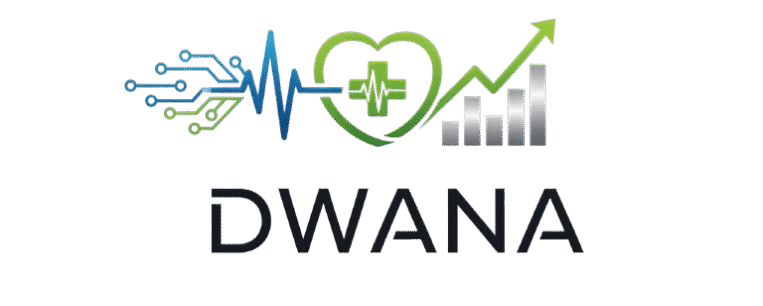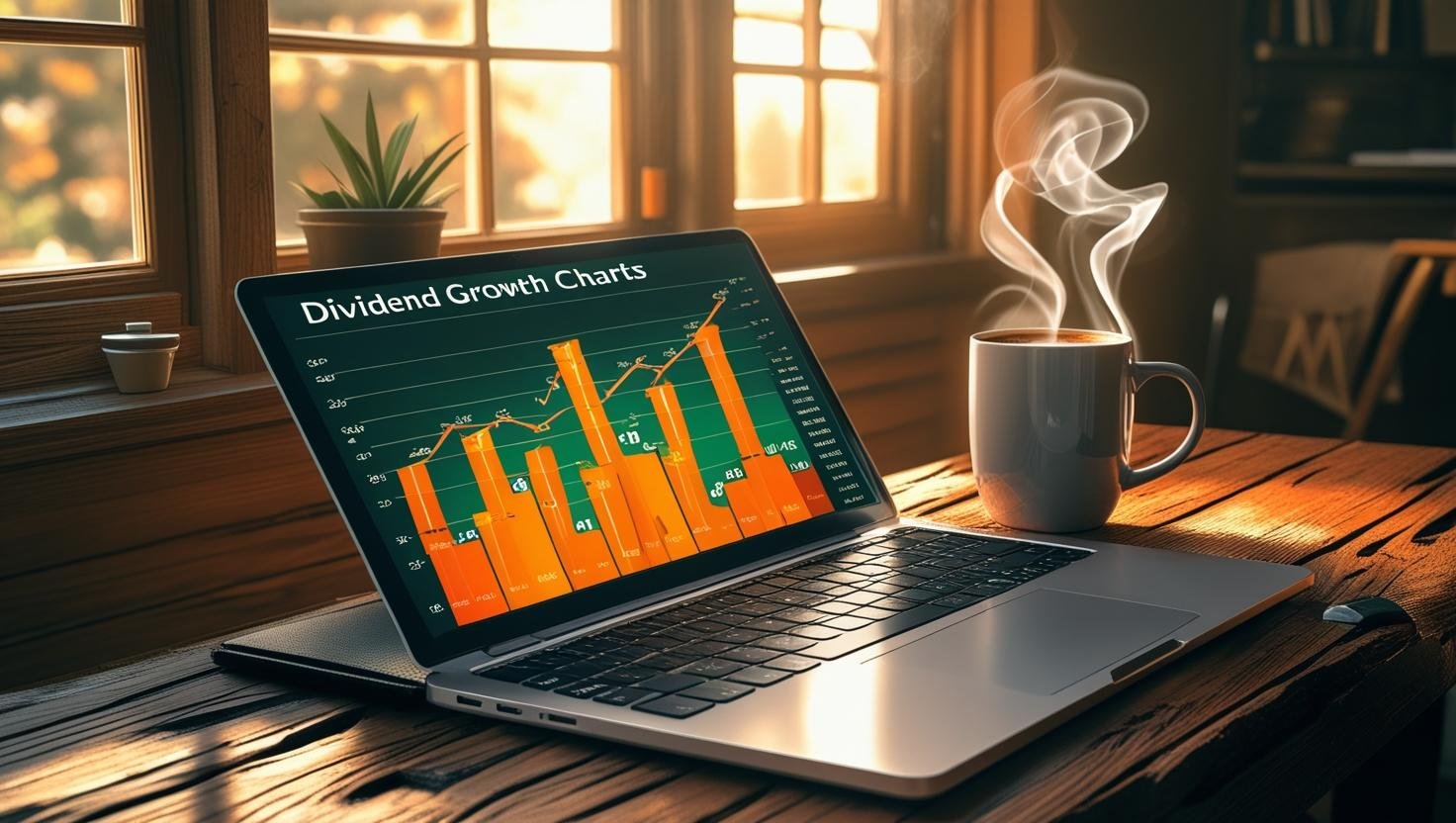Beginner’s Guide to Dividend Investing: Building Passive Income from Scratch
Imagine getting paid simply for owning a slice of a successful business. This isn’t a fantasy; it’s the core principle of dividend investing, a powerful strategy for generating passive income and building long-term wealth. For newcomers to the financial markets, the world of stocks can seem overwhelming. However, dividend investing for beginners offers a more predictable and less volatile path to participate in the growth of global companies. This comprehensive guide is designed to demystify the process and provide you with a clear, actionable blueprint to start your journey. Whether you’re in the U.S., Canada, the U.K., Australia, or the UAE, the rules of building a income-generating portfolio are universal. We’ll break down everything you need to know—from what a dividend is to how to pick your first dividend stock and construct a portfolio that can pay you for years to come.
What Are Dividends and Why Do They Matter?
At its heart, a dividend is a portion of a company’s profits distributed to its shareholders. Think of it as a reward for your investment and belief in the company’s future. Companies that have matured beyond their high-growth phase often generate more cash than they need to reinvest in the business. Instead of hoarding this cash, they return a portion to their owners—the shareholders—through dividends.
The Power of Passive Income
The most compelling reason to explore how to start dividend investing is the creation of a passive income stream. This is money you earn without actively working for it. Reinvesting these payments can dramatically accelerate the growth of your portfolio through compounding, where you earn returns on your past returns. This snowball effect is a key wealth-building tool.
Historical Performance and Stability
Dividend-paying stocks have historically offered a smoother ride during market downturns compared to non-dividend payers. The regular income they provide can help cushion a portfolio’s value when stock prices are falling. Furthermore, according to various studies, dividends have contributed a significant portion of the stock market’s total historical return.
Key Concepts Every Beginner Must Understand
Before you buy your first share, you need to speak the language of dividend investors. These fundamental metrics will be your guideposts for evaluating potential investments.
Dividend Yield: The Income Measure
The dividend yield is a financial ratio that shows how much a company pays out in dividends each year relative to its stock price. It’s calculated as Annual Dividends Per Share / Price Per Share.
-
Example: A stock trading at $100 per share that pays $4 in annual dividends has a 4% yield.
While a high yield can be attractive, it can sometimes be a warning sign. An unsustainably high yield might indicate a company in trouble or a stock price that has fallen dramatically.
Dividend Growth: The King of Long-Term Returns
While yield tells you about income today, dividend growth signals a company’s health and its commitment to sharing its success. A company that consistently increases its dividend payout is demonstrating financial strength and confidence in its future earnings. For long-term investors, a steadily growing dividend can often outweigh a high static yield.
Payout Ratio: The Sustainability Gauge
The payout ratio is a critical metric for assessing the safety of a dividend. It measures the percentage of a company’s earnings paid out as dividends.
-
Calculation: Annual Dividends Per Share / Earnings Per Share (EPS).
A payout ratio below 60-70% is generally considered healthy, indicating the company retains enough earnings to reinvest in growth and weather economic storms. A ratio near or above 100% is a major red flag for a potential dividend cut.
How to Start Your Dividend Investing Journey
Getting started is a matter of following a clear, disciplined process. You don’t need a fortune to begin; you just need a plan.
Step 1: Choose the Right Brokerage Account
Your first step is to open an account with a brokerage platform that serves your country of residence. Look for features like:
-
Low or zero trading commissions.
-
Access to markets in your region and internationally.
-
Availability of DRIPs (Dividend Reinvestment Plans), which automatically reinvest your cash dividends into more shares of the stock, often without a fee.
Step 2: Define Your Strategy: ETFs vs. Individual Stocks
As a beginner, you have two main paths:
-
Dividend ETFs (Exchange-Traded Funds): This is the recommended starting point for most beginners. A dividend ETF is a basket of dozens of dividend-paying stocks. It provides instant diversification, reducing your risk if any single company cuts its dividend. Examples include funds that track the S&P Dividend Aristocrats Index.
-
Individual Dividend Stocks: This requires more research but offers more control. You can hand-pick companies you believe in. This approach is best undertaken after you’ve built a diversified foundation with ETFs.
Step 3: Research and Select Your Investments
If you choose to pick individual stocks, focus on quality. Look for:
-
Blue-Chip Companies: Large, industry-leading, and financially sound companies with a long history of profitability.
-
Dividend Aristocrats/Kings: Companies that have not just paid but increased their dividends for 25+ (Aristocrats) or 50+ (Kings) consecutive years. This is the hallmark of reliability.
Resources like Investopedia are invaluable for learning how to read a company’s financial statements and assess its health.
Building and Managing Your Dividend Portfolio
Creating your portfolio is just the beginning. Proper management is key to long-term success.
The Imperative of Diversification
Never concentrate your investments in a single stock or sector. If that industry faces headwinds, your entire income stream could be jeopardized. Spread your investments across different sectors—consumer staples, healthcare, energy, technology, and finance—and different geographic regions to mitigate risk.
The Magic of Compounding and DRIPs
The real engine of wealth in dividend investing for beginners is compound growth. By reinvesting your dividends through a DRIP, you buy more shares, which then generate their own dividends. Over decades, this creates a powerful, self-sustaining cycle of growth that doesn’t require additional capital from you.
Monitoring and Rebalancing
Your job isn’t done after you buy. You should periodically review your holdings:
-
Are the companies still healthy?
-
Are they maintaining or growing their dividends?
-
Has the payout ratio become too high?
Rebalance your portfolio occasionally to maintain your target level of diversification and risk.
Frequently Asked Questions (FAQ)
1. How much money do I need to start dividend investing?
You can start with a very small amount. Many online brokers offer fractional shares, allowing you to buy a piece of an expensive dividend stock for as little as $10. The key is to start and be consistent.
2. Are dividends taxed?
Yes, in most countries, dividends are considered taxable income. The tax rate can vary significantly depending on your country of residence (e.g., qualified vs. non-qualified dividends in the U.S.). It’s crucial to understand the tax implications in your local jurisdiction.
3. What is the best dividend investment?
There is no single “best” investment. The best portfolio is one that is well-diversified, focused on companies with sustainable payout ratios, and a history of dividend growth. For beginners, a low-cost dividend ETF is often the optimal choice.
4. Can dividend investing make you rich?
Dividend investing is a strategy for building wealth steadily over a long period. It is not a get-rich-quick scheme. The goal is to build a growing stream of passive income that can fund your expenses or retirement over time through patience and compounding.
5. What is a dividend aristocrat?
A Dividend Aristocrat is a company in the S&P 500 index that has increased its dividend payout for at least 25 consecutive years. They are considered some of the most reliable income-generating stocks on the market.
Conclusion: Your Path to Financial Resilience Begins Now
Dividend investing offers a time-tested path to building wealth and achieving financial independence. It provides not only the potential for capital appreciation but also a tangible, predictable stream of income. For a beginner, the strategy emphasizes patience, discipline, and a focus on quality and sustainability over chasing the highest yield.
Your journey starts with education, followed by opening a brokerage account, and making that first investment—whether in a diversified ETF or a single share of a world-class company. The most important step is to begin. By harnessing the power of dividends and compounding, you are not just investing in stocks; you are investing in a future where your money works tirelessly for you. Start today, and take control of your financial destiny.





